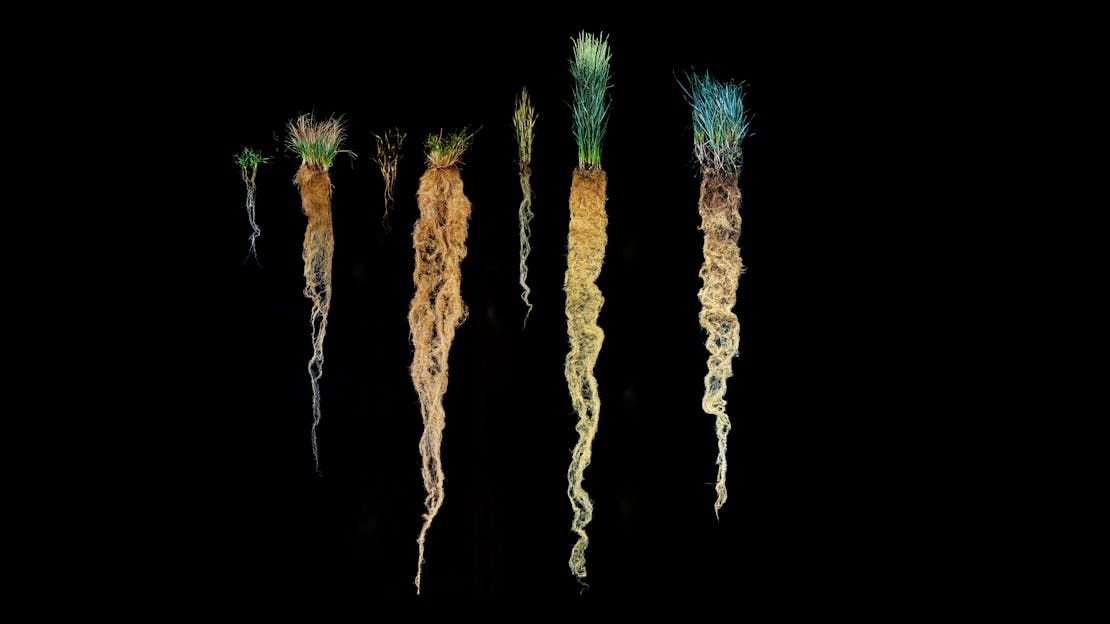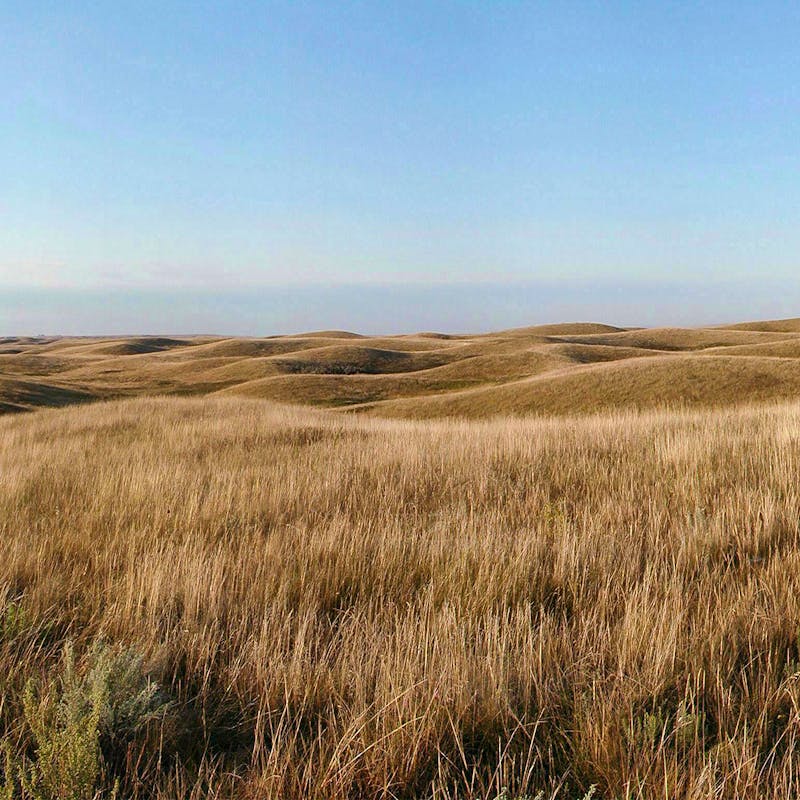The sky becomes dark, and on the horizon, something huge and ominous is approaching. It’s as large as a mountain range, but its shape keeps changing and churning. It’s getting larger and closer. Dust blankets everything, apart from a few dead trees. People stand outside with mouths covered to avoid breathing it in. Families try to pack whatever belongings they have on the backs of sandblasted cars and trucks, trying to escape the desolation.
This is not a scene from a post-apocalyptic movie, this is a scene from American history. One of the largest environmental disasters in the United States, referred to as the “Dust Bowl” now has some scientists fearing that the same scenario will come again.
The Dust Bowl
In the late 19th and early 20th centuries, vast swathes of prairie grassland were dug up and ploughed for agriculture. These grasslands had once been home to many wildlife species including the American bison, whose vast herds grazed on the prairie and fertilized it with their waste. It was an ecosystem that had been stable for millions of years. The decimation of bison herds and prairie wildlife, coupled with the rapid settlement and spread of farming, completely changed the landscape from prairie grasslands to wheat fields as far as the eye could see.
In 1931, an unprecedented drought hit. Crops died and because the massive root systems of native prairie grass had been replaced by the shallow roots of wheat, the topsoil dried out. Winds whipped across the plains picking up the dry dust which had once been fertile earth, forming huge dust storms. In 1932, 14 dust storms were recorded on the plains. The following year this jumped to 38. In May 1934, a massive dust storm two miles high traveled 2,000 miles (about twice the distance from Florida to New York City) to the East Coast, smothering Washington DC and New York City in a “black blizzard.” In April 1935, there had been weeks of dust storms, but on “Black Sunday” (April 14) a monster storm turned the Great Plains as dark as night - people thought the end of the world had come.
Over 2.5 million people (roughly the population of Montana, North and South Dakota added together) became environmental refugees, leaving the so-called “dust bowl” states. Thousands died from lung diseases caused by the dust. Vast swathes of farmland were devastated. Wheat production fell by a third and maize production was halved. It wasn’t until rains finally came in 1939 that the so-called “dust bowl” subsided.
In response to the dust bowl disaster, the Soil Erosion Service, now called the Natural Resources Conservation Service (NRCS), was formed, a government agency aiming to promote more environmentally sustainable farming techniques.
The Return of the Dust Bowl
For more than 80 years, the Dust Bowl years were the hottest summers on record for the U.S… until 2021, when average temperatures reached 74 F (23.3 C). The third hottest summer on record was in 2022. Scientific studies predict dustbowl level temperatures are now two and a half times more likely to happen thanks to climate change.
The main difference between today and the 1930s is that the Great Plains are irrigated mainly from groundwater (water in underground river and cave systems), most of which comes from the Ogallala Aquifer, which extends from Nebraska to Texas. But recently, water in the aquifer is being taken out for agriculture faster than its being replenished and the aquifer is becoming depleted as temperatures continue to rise. Dust bowl-style storms have already started to reappear in drought-stricken areas.
If we see a return to the dust bowl years, scientists predict that within just four years the U.S. would exhaust 94% of its wheat reserves. This, in turn, would lead to a 31% loss of global wheat stocks. This could not only trigger a global famine, but the effects on the U.S. economy and population would be utterly devastating.
But how could conserving wildlife and ecosystems help us avert such a disaster?
The Farm Bill – Preventing another Dust Bowl?
The Farm Bill is among our nation’s most important federal policies for wildlife conservation on private lands. Farm Bill conservation programs are the largest source of federal funds for technical and financial support for producers to conserve wildlife and natural resources on their working agricultural lands. One important Farm Bill conservation program is the Conservation Reserve Program (CRP). The CRP helps restore land and soil, which could help us avoid another dust bowl disaster.
The Conservation Reserve Program
The CRP supplies rental payments to farmers to take their environmentally sensitive land out of agricultural production for 10 years and plant grasses and other vegetation to restore the soil and create and conserve wildlife habitat.
One part of the CRP is the State Acres for Wildlife Enhancement (SAFE) Initiative. Species targeted by SAFE include federally threatened and endangered species (for example, the lesser prairie chicken), those that have suffered population decline (such as grassland birds), and pollinators with significant social and economic value.
Through SAFE, landowners can receive funds to establish wetlands and plant grasses and trees to enhance important wildlife populations, by creating critical habitat and food sources. For example, it can be used to improve native grassland habitats for rare, threatened, endangered and declining species that are dependent on native prairie communities.
Another part of the CRP is the “Grasslands CRP.” The Farm Services Agency (FSA), which administers the CRP, created a National Priority Zone called “the Dust Bowl Zone.” This zone aims to conserve environmentally sensitive land, notably lands prone to wind erosion. Restoring grasslands in this zone not only benefits wildlife, but restoring the prairie grasses, with their deep root systems that can anchor topsoil, can help prevent the occurrence of another dustbowl disaster.











